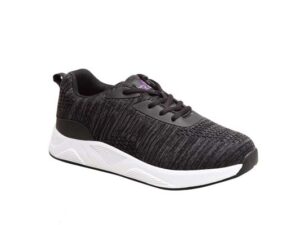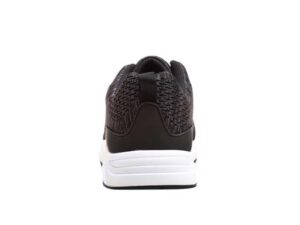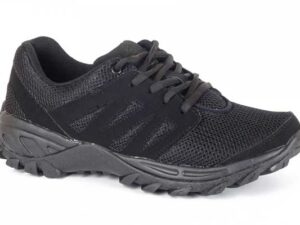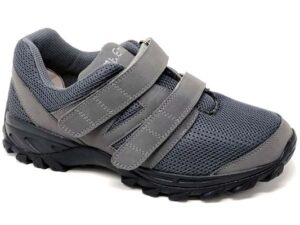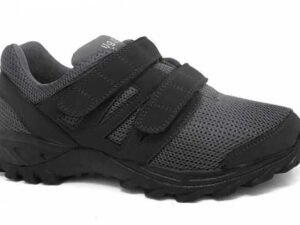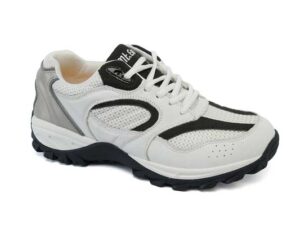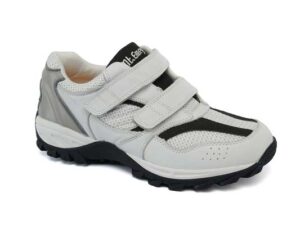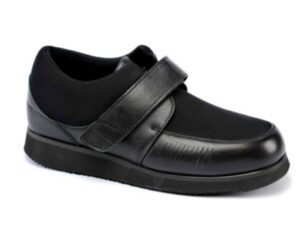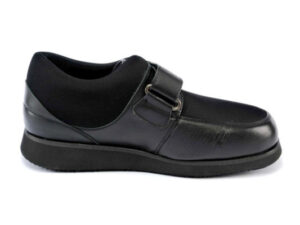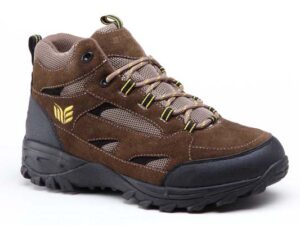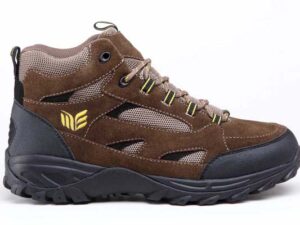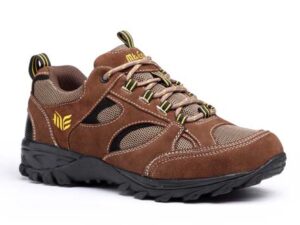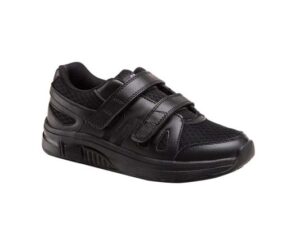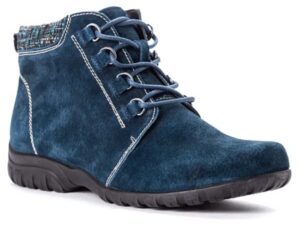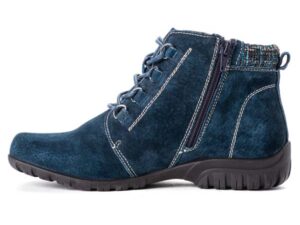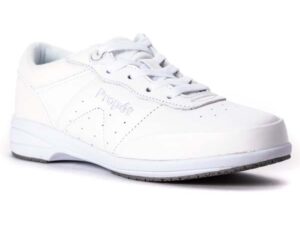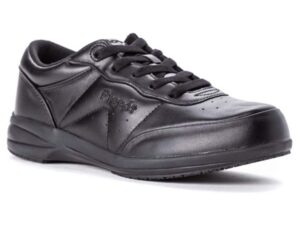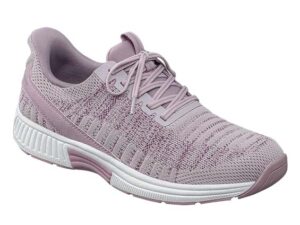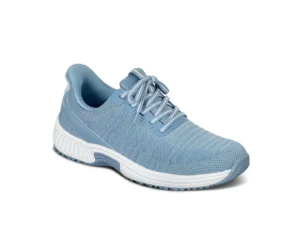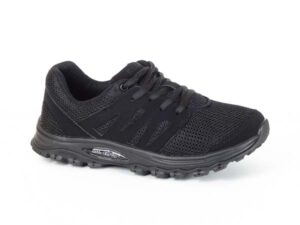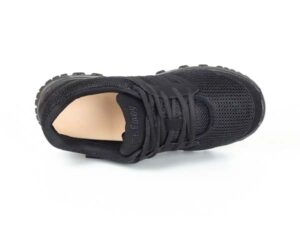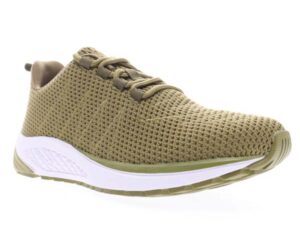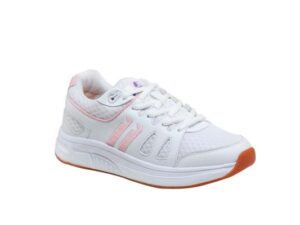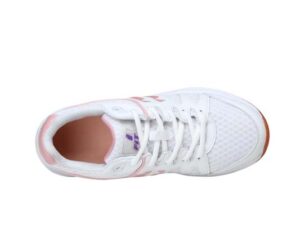Finding the right shoe width is essential for comfort and foot health. In the world of footwear, widths are categorized by letters, ranging from narrow to extra-extra wide. This article will explore the concept of “XX wide shoes,” a term that may not be standard but is often used to describe extremely wide shoe sizes. We’ll delve into the standard widths like D, E, 2E, and more, and discuss the offerings at DT Footwear, where widths up to 14E are available for both men and women.
- Standard shoe widths: Understanding how they are measured.
- Specialized shoe widths: 9E, 10E, and 14E, and the brands that offer them.
- How to choose: the right shoe width and the importance of proper fit.
- Conclusion: A summary of the importance of selecting the right shoe width.
- Contact: How to get in touch with DT Footwear for more information.
Standard Shoe Widths
Understanding Standard Widths
Standard shoe widths are categorized by letters, each representing a different width. Here’s a breakdown of what these standard widths typically mean:
- N (Narrow): Suitable for those with slender feet.
- M or D (Medium/Standard): Fits the average foot width.
- W or D (Wide): For those who need a bit more room across the foot.
- WW or EE (Extra Wide): Ideal for individuals with significantly wider feet.
For someone searching for “XX wide shoes,” it’s essential to recognize that “XX wide” is not a standard term in shoe sizing. Instead, they may want to consider extra-wide options like WW or EE, or even specialized widths like 9E or 10E, which are designed for extremely wide feet. Understanding the exact width needed is crucial to finding a comfortable fit.
Later in this article, we’ll explain how to measure your feet at home to determine your exact foot width and length for a proper fit. This will help you identify the right category, whether it’s a standard width like D or E, or a more specialized width like 6E for men or 5E for women. Knowing your exact size will guide you to the perfect shoe, ensuring comfort and support for your unique foot shape.
Men’s and Women’s Widths
Men and women often have different width requirements. Most men might only need a 4E or 6E width, while many women who need wider shoes would be okay in a 3E or 5E wide shoe. Understanding these differences is crucial when shopping for the perfect fit.
Measuring Your Foot Width
Measuring your foot width at home is a straightforward process that can help you find the perfect shoe size. Knowing your correct shoe size is especially crucial since feet can get wider as we age and change over time. Here’s a step-by-step guide to measuring your feet at home:
- Find a Flat Surface: Stand on a flat, hard surface with your heel against a straight edge like a wall.
- Place a Piece of Paper: Put a piece of paper on the floor, with one edge flush against the wall.
- Trace Your Foot: With a pencil held vertically, trace around your foot as close to the foot as possible.
- Measure the Length: Using a ruler, measure the length from the wall’s edge to the furthest toe’s tip. This gives you the length of your foot.
- Measure the Width: Measure the width at the widest part of your foot, usually across the ball of the foot.
- Consult a Sizing Chart: Compare your measurements to a sizing chart to find your exact shoe size, considering both length and width.
Here’s a list of essential considerations when measuring your foot width:
- Use the Right Tools: A ruler, pencil, and paper are usually sufficient for accurate measurements.
- Measure Both Feet: Feet can vary in size, so measure both and use the larger measurement.
- Consider Foot Changes: Feet can change over time, especially with age. Regular measurements ensure a continued proper fit.
- Refer to Brand-Specific Guides: Different brands may have slight variations in sizing. Refer to the specific brand’s sizing guide, like Apis, for the most accurate fit.
Understanding your exact foot size is not just about comfort; it’s about overall foot health. Wearing shoes that are too narrow or too wide can lead to discomfort and long-term foot problems. Regularly measuring your feet, especially as they change over time, ensures that you always have the proper fit, whether you need a standard width like D or E or a more specialized width like 3E for women. This practice helps you maintain happy and healthy feet throughout your life.
Wide Width Shoes For Men
The Importance of Proper Width
Wearing the right shoe width is not merely a matter of comfort; it’s a vital aspect of foot health. Shoes that don’t fit properly can lead to a variety of problems, both short-term and long-term. Here’s what can happen if your shoes are too tight or too loose:
If Shoes Are Too Tight:
- Pressure Points: Tight shoes can create pressure points, leading to discomfort and pain.
- Blisters and Calluses: The constant rubbing against tight areas can cause blisters and calluses.
- Circulation Issues: Overly tight shoes can restrict blood flow, leading to numbness and other circulation-related problems.
- Foot Deformities: Long-term use of tight shoes can contribute to deformities like bunions and hammertoes.
- Aggravation of Existing Conditions: If you have conditions like diabetes or arthritis, tight shoes can exacerbate symptoms and cause further complications.
If Shoes Are Too Loose:
- Lack of Support: Loose shoes often fail to provide adequate support, leading to foot fatigue and strain.
- Increased Risk of Injury: Without proper support, you may be more prone to sprains and other injuries.
- Alignment Issues: Shoes that are too loose can lead to alignment problems, affecting your gait and posture.
- Skin Irritations: The constant sliding and rubbing of loose shoes can cause skin irritations and blisters.
Understanding the importance of proper shoe width is essential for anyone concerned about their foot health. Whether you need a standard width like D or E or a more specialized width like 6E for men, finding the right fit is about more than just comfort. It’s about preventing potential health issues and ensuring that your feet remain strong and healthy throughout your life.
By recognizing the signs of improperly fitting shoes and taking the time to find the right size, you invest in your overall well-being. Properly fitting shoes support your feet, allow for natural movement, and contribute to a balanced and healthy lifestyle. It’s a simple step that can make a significant difference in your daily life and long-term health.
Wide Width Shoes For Women
Specialized Shoe Widths
Beyond Standard Widths
For individuals with unique foot shapes or specific medical conditions, standard shoe widths may not provide the comfort and support needed. Specialized widths like 9E, 10E, or even 14E are designed to accommodate these unique needs. Here’s how wearing the right size shoe can help with specific conditions:
- Hammertoes and Bunions: Hammertoes and bunions are deformities that can cause significant discomfort. Wearing shoes that are too tight can exacerbate these conditions, leading to increased pain and further deformity. Specialized widths provide extra room, allowing the toes to lie flat and reducing pressure on the affected areas. This can alleviate pain and prevent the condition from worsening.
- Edema: Edema, or swelling in the feet, requires shoes with extra space to accommodate the increased volume. Standard widths may be too constricting, leading to discomfort and potential circulation issues. Specialized widths like those offered by Apis can provide the necessary room, allowing for natural swelling without restricting blood flow. This helps in managing the condition and maintaining comfort throughout the day.
- Calluses: Calluses are thickened areas of skin that form due to repeated friction or pressure. Wearing shoes that are either too tight or too loose can lead to calluses, as the foot rubs against the shoe. The right shoe width ensures a proper fit, minimizing friction and the formation of calluses. Specialized widths can provide the exact fit needed, reducing the risk of calluses and contributing to overall foot health.
Wearing the right size shoe is not just about comfort; it’s a crucial aspect of managing and preventing specific foot conditions. Whether it’s hammertoes, bunions, edema, or calluses, specialized widths can provide the support and space needed to accommodate unique foot shapes and medical conditions. By understanding your specific needs and choosing the right width, you invest in your foot health and overall well-being. It’s a step towards a more comfortable and healthy life.
Men’s Specialized Widths
For men requiring more extensive widths, options like 6E, 9E and 14E are available. These specialized sizes cater to those who need more space in their shoes, providing comfort without compromising style.
Women’s Specialized Widths
Women with wider feet can also find specialized widths at DT Footwear. Options like 3E and 5E are common, but for those needing even more room, sizes up to 9E and14E are available. These options ensure that every woman can find a shoe that fits her unique foot shape.
Choosing the Right Shoe Width
Understanding Your Needs
Choosing the right shoe width is not just about measurement; it’s about understanding your foot’s unique needs. Whether it’s a medical condition or simply a preference for more room, knowing what you need is the first step in finding the perfect shoe.
Brands That Cater to Wide Feet
Brands like Apis, Propet, and Orthofeet offer a variety of widths to cater to different foot shapes. Apis, in particular, offers sizes up to 14E, ensuring that even those with the widest feet can find a comfortable fit.
The Importance of Trying Before Buying
Even with proper measurement, it’s essential to try on shoes before purchasing. Every brand may have slight variations in sizing, and trying on the shoes ensures that you find the perfect fit for your feet. When buying any shoe it is important not to scuff the bottom of the shoe or mark it in anyway that would void a refund. When trying on shoes for the first time, wear them on a clean soft surface like carpet, walking back and forth a few times.
Conclusion
Selecting the right shoe width is more than a matter of comfort; it’s a matter of foot health. From standard widths like D and E to specialized sizes like 9E and 14E, finding the right fit ensures that you can walk with ease and confidence. With brands like Apis, Propet, and Orthofeet, DT Footwear offers a wide range of options for both men and women, ensuring that everyone can find their perfect fit.
Need More Information?
If you have any questions or need further assistance in finding the perfect shoe width, please feel free to contact DT Footwear. Our team is dedicated to helping you find the right fit for your feet, ensuring that you can walk with the joy and comfort of “Happy Feet.”

